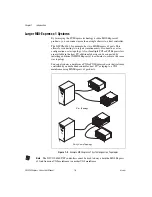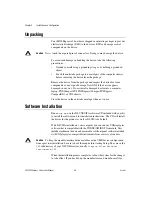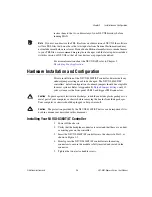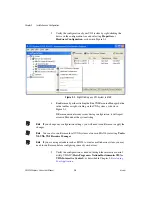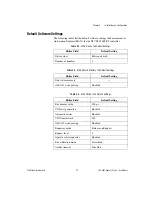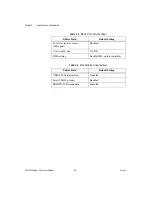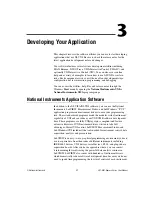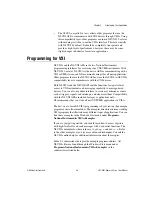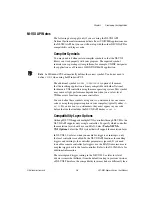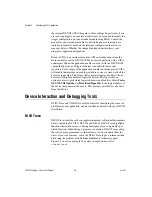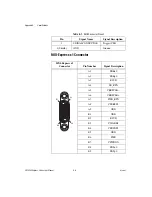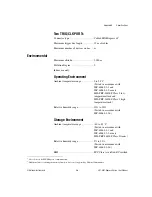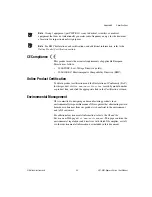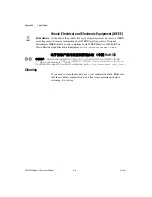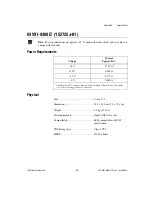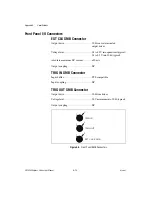
Chapter 3
Developing Your Application
VXI-MXI-Express Series User Manual
3-6
ni.com
the original NI-VXI API with regard to these settings. In particular, if you
are receiving triggers on an external controller, you may need to modify the
trigger configuration on your extender module using MAX. Consult the
manual for your extender module for details. In general, interrupts are
routed automatically based on the interrupt configuration the resource
manager detects. Whether the changed routing behavior affects your
program is application dependent.
Because VISA is an instrument-centric API, certain functions from the
more controller-centric NI-VXI API do not match perfectly with a VISA
counterpart. When an application enables an event with the NI-VXI API
compatibility layer, each logical address is enabled for that event
separately. For example, if the application enables an interrupt level, VISA
will enable the interrupt on each logical address, one at a time, until all the
devices are enabled. This means that some interrupts could be lost from
devices with higher numbered logical addresses. MAX provides an
option for users to pick which logical address is enabled first. Select
Tools»
NI-VXI»VXI Options
. Set
Prioritized Signal LA
to the logical address of
the device that generates the events. This prevents possible loss of events
from that device.
Device Interaction and Debugging Tools
NI I/O Trace and VISAIC are useful utilities for identifying the causes of
problems in your application, and are installed by default with your NI-VXI
installation.
NI I/O Trace
NI I/O Trace tracks the calls your application makes to National Instruments
drivers, including NI-VISA, NI-VXI, and NI-488. NI I/O Trace highlights
functions that return errors, so during development you can quickly spot
which functions failed during a program’s execution. NI I/O Trace can log
the calls your program makes to these drivers so you can check them for
errors at your convenience, or use the NI I/O Trace log as a reference when
discussing the problem with National Instruments technical support.
Figure 3-1 shows an example of an error returned from a call to
viMemAllocEx
.

